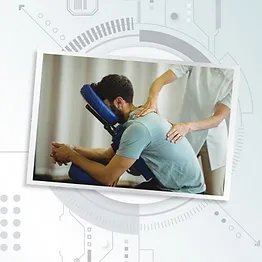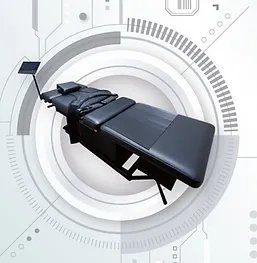Bone Spur
Pain Symptoms
Headache Symptoms
Shoulder & Neck Pain
Spine & Joints
- Disc-herniation
- Scoliosis
- Sciatica
- Back Pain
- Ankylosing Spondylitis
- Osteoporosis
- Pregnancy Pain
- Bone Spur
Upper Limbs
Lower Limbs

What does a bone "spur" refer to?
Bone spurs, or osteophytes, are bony growths at the edges of bones most commonly caused by degenerative changes. Many people with bone spurs have no symptoms at all but when bone spurs put pressure onto spinal nerves the result can be localized pain or radiating symptoms into the arms or legs.
Not all bone spurs create problems
Most people think of something sharp when they think of a "spur," but a bone spur is just an extra bone. It’s usually smooth, but it can cause wear and tear or pain if it presses or rubs on other bones or soft tissues such as ligaments, tendons, or nerves in the body. The inflammation of the ligament that surrounds a degenerating disc between the vertebrae is a very common cause of bone spurs of the spine. Common places for bone spurs include the spine, shoulders, hands, hips, knees, and feet.
Treating bone spurs early to relieve pain
Treatments of bone spurs will target the affected areas to alleviate the symptoms. Therapists will first perform a clinical examination to assess the patient’s range of motion. Treatments will then be conducted to target the pain caused by bone spurs irritating or exerting pressure on nerves, which can effectively relieve the symptoms, and prevent the condition from deteriorating. Chiropractors will conduct spinal manipulation to ease the pain. This treatment can be very helpful for patients with mobility problems or pinched nerves. Chiropractors will adjust your spine to correct your posture through this treatment.
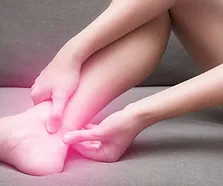
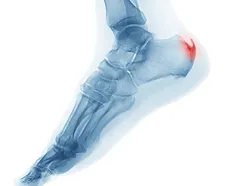
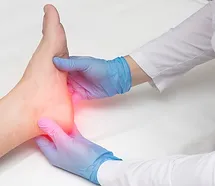
How do bone spurs develop
Some bone spurs form as part of the aging process. Older age is a prime time for bone spurs to develop because the slippery tissue called cartilage that covers the ends of the bones within joints breaks down and eventually wears away. Bone spurs also form in the feet in response to tight ligaments due to the wrong working postures or activities such as dancing and running that put stress on the feet, and to pressure from being overweight or from poorly fitting shoes.
No cure for bone spurs?
Some bone spurs do not cause symptoms and they depend on the location of osteophytes development, the signs and symptoms may differ. Bone spurs are treated only if they are causing symptoms. There are no cures for bone spurs and their associated medical conditions, but Spine and Physiotherapy care can dramatically assist patients in pain relief while slowing the degenerative process in the bones.
Early diagnosis and treatment
If you are worried you may have bone spurs, x-rays are the standard imaging technique employed to diagnose this condition.Spine and Physiotherapy care can help eliminate the pain by reducing the inflammation the irritation in nerves associated with the joints and by improving mobility. Continuous Spine and Physiotherapy adjustments help restore flexibility and strength in the joint. In addition, these spinal adjustments may decrease the pressure on the nerves, causing immediate and lasting pain relief. It can also help slow the degenerative process and improve the quality of life and mobility that patients have.
Bone spurs FAQ
Will bone spurs keep growing?
Bone spurs may continue to grow over time, causing irritating pain to the surrounding soft tissues (e.g., tendons, ligaments or nerves). Bone spurs are usually the most painful at the bottom of the heel due to the pressure of body weight.
Is walking helpful for heel spurs?
Although walking for a few minutes after waking up may help you temporarily ease the pain sensation of your heels, you may notice that walking or running for a long distance will result in more severe pain.
What would happen if heel spurs were not treated?
For some patients, heel spurs do not cause any discomfort. Yet, for most patients, heel spurs can cause severe, even debilitating pain. If left untreated, heel spurs may largely hinder their mobility since the affected leg cannot withstand any pressure.
Will bone spurs go away without any treatment?
It depends on the patient’s condition. The need for treatment depends on the location of the bone spurs and their impacts on the patient’s health. In some cases, bone spurs may not cause any discomfort and may go undetected for years. Once the condition is noticeable, it means that it has worsened. Therefore, regular examinations are advised.

